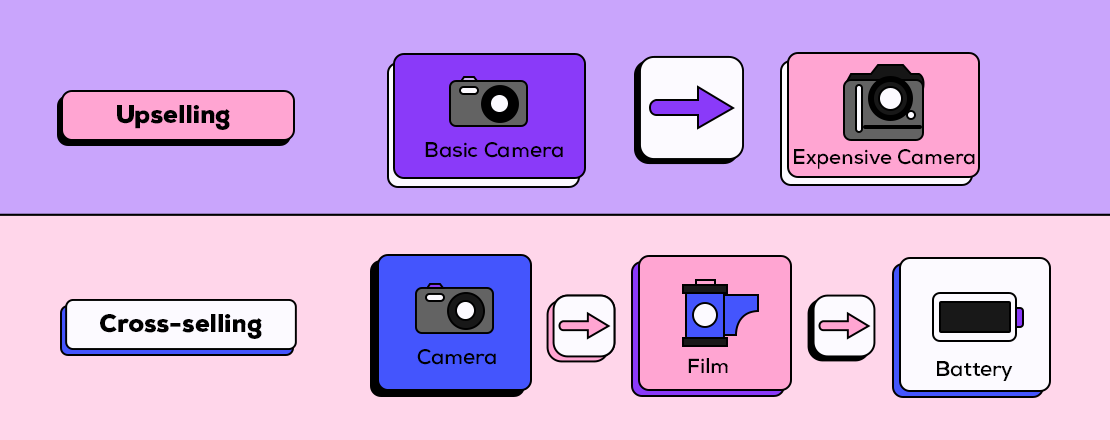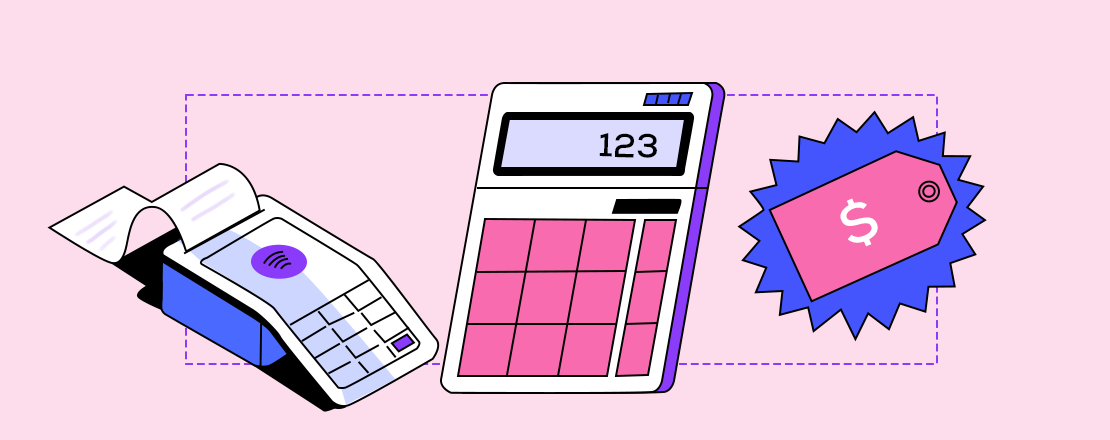Fintech application and software development from the ground up can be complicated and expensive, particularly for new entrants to the fintech and online lending spaces. These younger organizations often require application outsourcing to enter markets quickly, stay afloat financially, and maintain relevance in a highly competitive market. Addressing these barriers to entry often requires white label banking solutions, which provide the cost-effective and advanced financing solutions necessary to keep pace with a fast-moving digital landscape.
.jpg?width=1000&name=shutterstock_1802007343(1).jpg)
What is White Label Banking?
"White label banking" is a process in which banks provide third parties with access to proprietary application program interfaces (APIs) to create custom financial products, such as Buy Now, Pay Later (BNPL). It allows lenders to explore new revenue streams by giving them complete control over branding and customer experience.
White Label Banking Services
Fintechs and third parties can use white label financial services to provide a smooth, company-branded frontend while leveraging an established bank's licensing, regulatory compliance, and technology on the backend. This strategy provides these third parties with fundamental functions that rival traditional lenders.
The following are examples of white label banking services:
- Point-of-sale (POS) approval: When potential borrowers apply for short-term financing at POS, they undergo an immediate onboarding process that securely evaluates their information to approve loans and create their accounts.
- Simplified payment installments: White label banking provides customers with streamlined, online repayment services that eliminate the hassles of mailing paper checks or traveling to physical store locations to make payments.
- Balance and payment-due notifications: BNPL customers have direct and easy access to current balances and receive alerts for upcoming installment due dates. These measures help safeguard customers against missed payments and associated late fees.
How is White Label Banking Influencing Fintech?
To offer their financial services, fintech companies require dependable tools and applications.
A white label arrangement shifts the technical components of development, user experience design, and cyber security to the third-party developer. As a result, the company can focus on other administrative and strategic duties.
Those technical features include:
- Bank-specific customization: Developers construct a customizable platform that lenders can white label and modify to fit their brand and advertised services.
- Getting app features right the first time: Discussions surrounding what lending features to include and exclude happen early in the development process. These pre-emptive decisions help financial institutions fit their design into the anticipated budget and time constraints ahead of time, minimizing the likelihood of on-the-fly modifications.
- Branding: Financial institutions can brand their services to a specific audience requiring lending solutions not prevalent in competitor platforms. Marketing and communication via those branding efforts allow lenders to stretch their services to more customer bases.
- Conserving resources: Piggy-backing off existing APIs is cheaper and more time-efficient than building software from scratch. Lenders are not buying brand new software (or paying for development), and they invest less labor in ongoing maintenance.
- 24/7 support: The third-party developer typically provides the lender with a continuous support system for reporting bugs, lackluster performance, and other technical issues. That system also includes troubleshooting suggestions and direct access to live support as needed.
How Does White Label Banking Relate to BaaS?
BaaS is an end-to-end process that ensures online financial service execution within a given timeframe. With BaaS, a more dynamic paradigm replaces the conventional one, relying more heavily on API-based solutions to modernize lending processes and ensure timely, consistent delivery of white-label lending services.
FinTech companies worldwide use these symbiotic relationships to leverage cutting-edge technologies, enhance the user experiences, and break down many barriers restricting future innovation. These new developments will allow companies to manage their finances more efficiently, using various tools that speed up and simplify the processes.
Security Measures
Despite growing awareness of the importance of proactive security measures, many financial institutions remain complacent and delay implementing proper security measures until they have experienced a loss due to a data breach. Cyber dangers are on the rise, and lenders must place a high priority on security.
Cyber-attacks occur at lightning-quick speeds, resulting in one new threat after another. Keeping up with and understanding growing risks, resolving threats as they arise, and recovering from incidents identified too late can deplete resources.
Security measures lenders should consider during a white label integration include the following:
Biometrics
Biometric features, such as digital fingerprint scanners and facial recognition software, are now standard demands from digital lending customers, particularly given the recent surge in mobile banking.
Customer-specific biological traits are difficult to simulate. Beyond the enhanced security measures, borrowers prefer the ease and quickness of biometric authentication over entering (and having to remember) lengthy passwords.
Two-Factor Authentication
Two-factor authentication is a well-known security feature now commonplace on most digital platforms. It provides a secondary safeguard by requiring an additional verification method after password submission before allowing access to the account.
As previously discussed, typical secondary methods are personal identification numbers (PINs), mobile phone numbers, verification codes via email, or fingerprint. After successfully submitting a password, the user will need to provide one of these data points to confirm their identity.
Cross-Site Request Forgery (CSRF) Prevention
Cross-site forgery occurs when hackers deliver malicious requests or unsolicited, dangerous links to a user's web browser, and the user inadvertently responds—perhaps with sensitive information.
Hackers can then retrieve user IDs, passwords, and other relevant data to enter user accounts, accessing financial data and resources. Lenders can better prevent these attacks by incorporating CSRF prevention into their white-label software.
White Label Banking: The Future of Digital Lending
Fintech companies have changed BNPL solutions by vertically integrating the digital short-term lending market. Younger companies compete by offering new software solutions that allow customers more control over their borrowing and repayment options.
White Label banking is slowly becoming the foundation of short-term lending services, and companies that leverage its speed to market and general agility will outperform slower traditional systems.
Our technology solutions provide you with the white label services necessary to streamline lending processes and boost the customer experience cost-effectively. To learn more, request a demo or email us at support@skeps.com.















